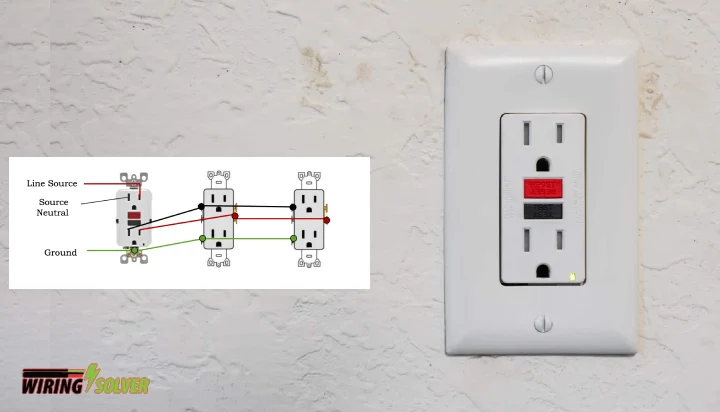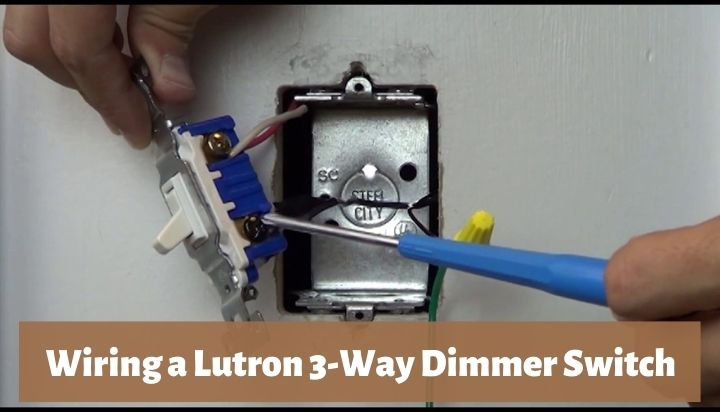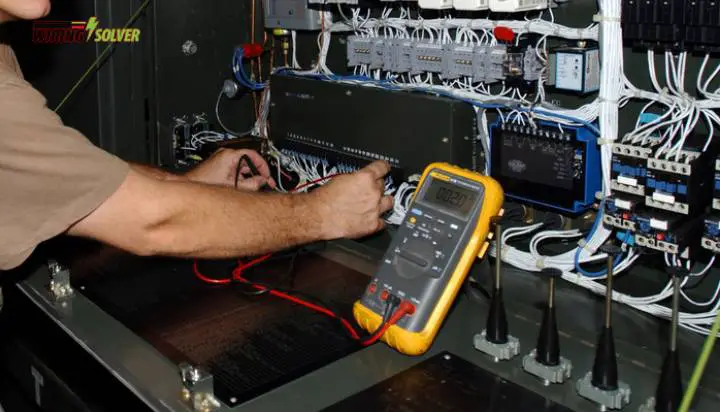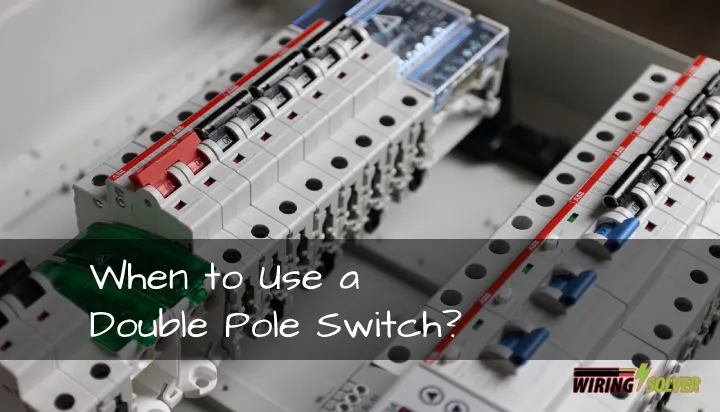Key Points:
- It is a simple task to remove a breaker from a panel, but it might be challenging for people without experience.
- You must take proper safety precautions before proceeding with this task. As you will be dealing with live wires.
- You must use proper equipment to ensure that all the connections are made appropriately.
If you’re wondering, “Can I replace a circuit breaker myself?”. Yes, you can. However, it is not a project for those who are inexperienced with electrical systems. If you’re trying to figure out how to remove a circuit breaker from a panel box, this article is the perfect guide for you.
The service panel is where the utility’s power enters your home, and sections of it are constantly exposed to dangerous quantities of voltage. When you remove the panel cover, the live wires are exposed, so be careful not to touch them.
You must acquire a couple of necessary items and equipment for the removal. After that you have to follow certain steps, such as, turning off the main breaker, removing the cover, testing for power, pulling out the breaker, removing the wire etc.
Throughout this article, I’ll discuss all of these steps in details. So, let’s head on with the installation procedure.
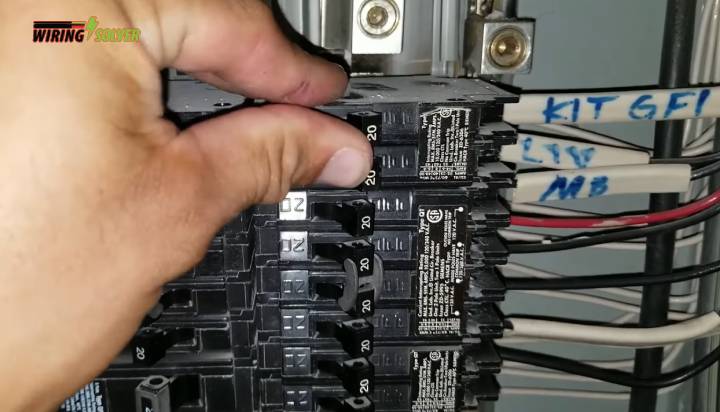
How To Remove A Circuit Breaker From A Panel Box?
The installation of a fan regulator is a simple task that can be done by anyone. This guide below will teach you how to do it correctly.
1. What You’ll Need
Before starting the process for removing a circuit breaker from the main panel, you must acquire some equipment and tools that’ll help to protect yourself and make the job easier. These tools are necessary for any electrical work such as wiring outlets in series vs parallel, or trying to wire a 3-way switch with multiple outlets.
Appropriate Tools and Equipment
- Cordless drill or screwdriver: Required to remove the wires from the breaker upon removal.
- Non-contact voltage tester: As you will be working with live wires, even after turning off the main breaker, you will need a non-contact voltage tester, as it provides more safety.
- Rubber insulated gloves and boots: As mentioned before, you will need to work in proximity of live wires. Therefore, to keep a proper safety measure, you should use rubber insulated gloves and boots to protect yourself in case you touch live wires by mistake.
2. Turning Off the Main Breaker
The most crucial step is to turn off power from the main panel. If this is not done, you can easily get into electrical hazards and you also might damage electrical components of your home.
How to turn off the power?
- Put on the rubber insulated gloves and boots to ensure proper safety.
- Open the door to the main panel.
- Stand to the side of the panel. *
- Use paper towels to dry the area if necessary.
- Use one hand to switch the main breaker to the “Off” position.
- Try to turn on the appliances at home to check that the power has truly been turned off.
*Tip: While turning off the breaker, standing to the side of the panel shields you from the unusual (but highly deadly) occurrence of an arc flash. Using one hand reduces the risk of harm from an unintended shock.
Removing the Panel Cover
To get access to the circuit breakers inside the panel box, you have to remove the panel cover. It is a simple task and can be done easily using either a screwdriver or a cordless drill with screw bits.
How to remove the panel cover?
- Remove the screws from the panel’s outer cover with the help of a cordless drill or a screwdriver.
- While unscrewing the last few of screws, keep the cover in place with your free hand to prevent the heavy panel from falling down.
- Some service panels have a cover that includes the door. Others have a door that is mounted directly to the panel box and a cover that is set into the box. Take appropriate steps as per your panel box model.
- With both hands, tilt the cover away from the panel and set it aside.
- Make sure you don’t get your hands on anything inside the panel. The individual branch circuit breakers and their wiring will be unpowered as a result of the main breaker being turned off, but the power company wires and terminals will remain live, therefore be cautious as to not touching them.
3. Testing for Power
It is crucial to test for power before removing a circuit breaker from the panel. Even after the use of proper safety equipment, if you remove a circuit breaker without ensuring the power is off, it might cause severe damage to your household electrical circuits.
A number of test instruments can be used to determine if there is power in the panel or not. Use the following step-by-step tutorial if you are unfamiliar with such topics.
How to test for power?
- To make sure the power is turned off, use a non-contact voltage tester.
- Determine which breaker you’ll be disconnecting.
- Connect the tester probe to the wire that is attached to the circuit breaker.
- If It does not detect any voltage, you are okay to proceed to the next steps.
- If you’re confident you shut off the main breaker and the tester detects voltage, gently reinstall the panel cover and call an electrician. There are severe safety concerns with this panel.
If you are wondering how do circuit breakers attach to the panel, they are simply pushed into place, and the wire is attached to the breaker using screws.
4. Removing the Breaker
Now for the actual part of the removal of the breaker, you have to turn off the branch breaker. Please keep your rubber gloves and boots on at all times to avoid any electrical hazards. Below are the steps on how to remove a circuit breaker from a panel box.
How to remove the circuit breaker?
- Make sure the breaker you’re about to remove is turned off.
- Gently move the circuit breaker away from the center of the panel to release it from the bus bar. It should be simple to remove by hand. Make no use of any tools.
- To remove the breaker from the bus bar, pull it straight out. A tab on the outer corner of the breaker body fits into a slot on the bus bar. To release the tab, you may need to jiggle the breaker or gently tug on it (Fig-4).
- Pull the wire from the circuit breaker by loosening the terminal screw on the rear of the breaker.
- If you’re replacing an old breaker with a new one, you should do it immediately. Otherwise, the hot wire must be capped and secured inside the panel so that it does not come into contact with any other breaker wires or terminals.
- Secure the hot wire before reinstalling the panel cover and turning on the main breaker. Do not leave the panel uncovered if you are not working on it.
Summary
To be concise, replacing your circuit breaker is not a difficult process. To guarantee that your primary circuit breaker is replaced appropriately, you simply need to follow the above simple procedures. This article is also for you in case you wanted to know if is it hard to change a breaker in a breaker box.
I hope that this article has helped you learn how to remove a circuit breaker from a panel box. Please exercise caution when working with electricity as very minor issues can create severe accidents and hazards.

